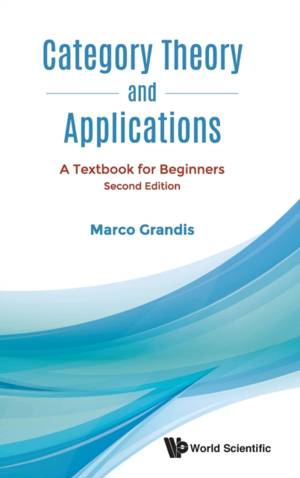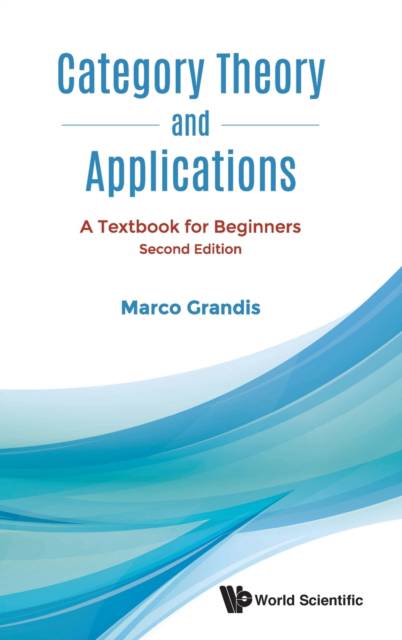
- Afhalen na 1 uur in een winkel met voorraad
- Gratis thuislevering in België vanaf € 30
- Ruim aanbod met 7 miljoen producten
- Afhalen na 1 uur in een winkel met voorraad
- Gratis thuislevering in België vanaf € 30
- Ruim aanbod met 7 miljoen producten
Zoeken
Category Theory and Applications: A Textbook for Beginners (Second Edition)
Marco Grandis
Hardcover | Engels
€ 180,45
+ 360 punten
Omschrijving
Category Theory now permeates most of Mathematics, large parts of theoretical Computer Science and parts of theoretical Physics. Its unifying power brings together different branches, and leads to a better understanding of their roots.This book is addressed to students and researchers of these fields and can be used as a text for a first course in Category Theory. It covers the basic tools, like universal properties, limits, adjoint functors and monads. These are presented in a concrete way, starting from examples and exercises taken from elementary Algebra, Lattice Theory and Topology, then developing the theory together with new exercises and applications.A reader should have some elementary knowledge of these three subjects, or at least two of them, in order to be able to follow the main examples, appreciate the unifying power of the categorical approach, and discover the subterranean links brought to light and formalised by this perspective.Applications of Category Theory form a vast and differentiated domain. This book wants to present the basic applications in Algebra and Topology, with a choice of more advanced ones, based on the interests of the author. References are given for applications in many other fields.In this second edition, the book has been entirely reviewed, adding many applications and exercises. All non-obvious exercises have now a solution (or a reference, in the case of an advanced topic); solutions are now collected in the last chapter.
Specificaties
Betrokkenen
- Auteur(s):
- Uitgeverij:
Inhoud
- Aantal bladzijden:
- 392
- Taal:
- Engels
Eigenschappen
- Productcode (EAN):
- 9789811236082
- Verschijningsdatum:
- 19/03/2021
- Uitvoering:
- Hardcover
- Formaat:
- Genaaid
- Afmetingen:
- 152 mm x 229 mm
- Gewicht:
- 689 g

Alleen bij Standaard Boekhandel
+ 360 punten op je klantenkaart van Standaard Boekhandel
Beoordelingen
We publiceren alleen reviews die voldoen aan de voorwaarden voor reviews. Bekijk onze voorwaarden voor reviews.











